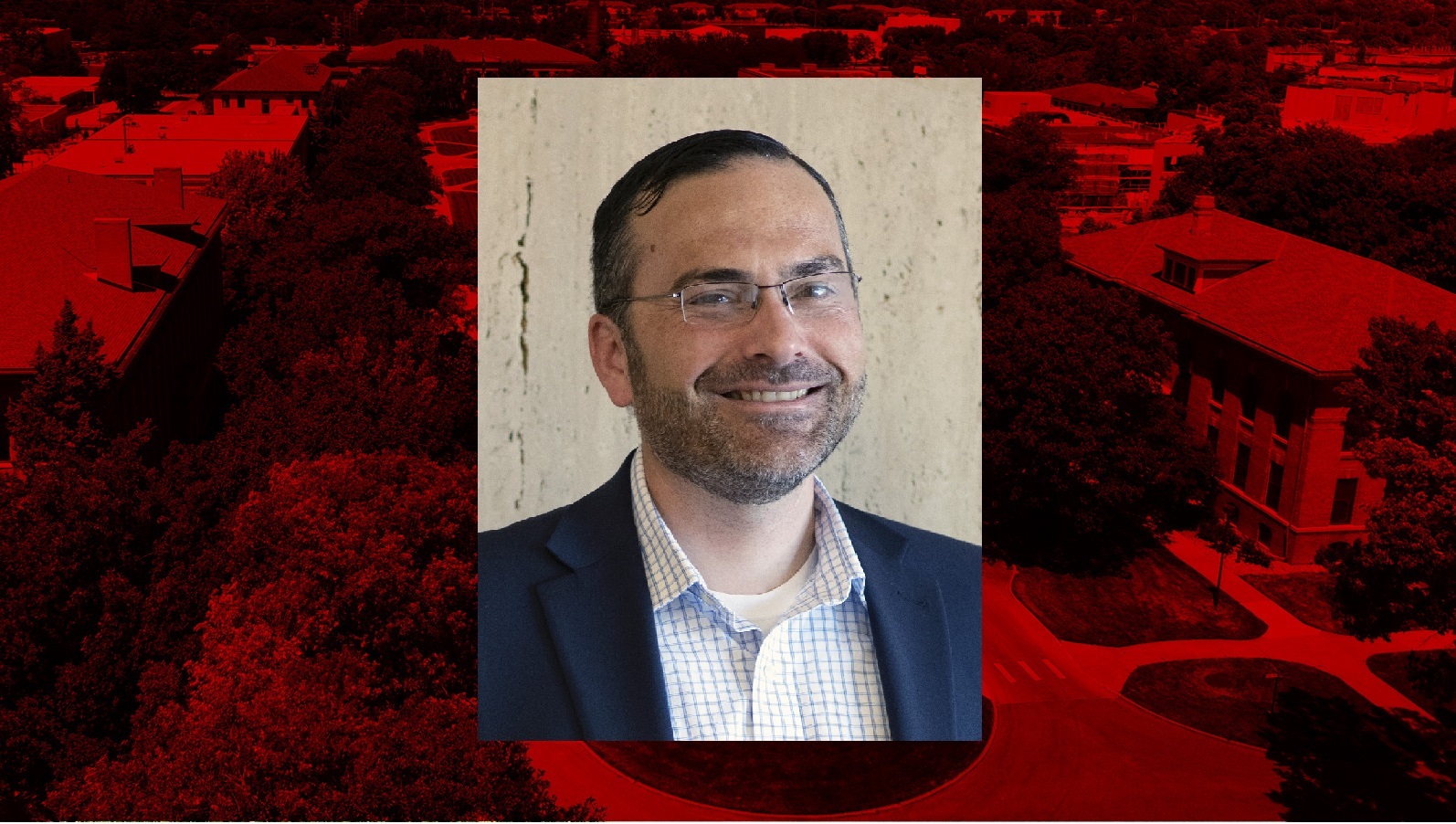
Last semester, students in the Science Literature (SCIL) 109 Water in Society course used U.S. Geological Survey and U.S. Department of Agriculture datasets and visualization tools to examine ways that the Omaha Public Power District can reach its stated goal of 100% carbon-neutral energy generation by 2050. Using the HydroViz online portal, the students explored OPPD’s current energy generation portfolio, where energy is being produced, what that means for water use, and how to create the lowest possible water footprint for OPPD.
While classrooms across the country may not have the same connection with a Nebraska-based energy provider, undergraduate instructors will soon have access to a curriculum unit that can help students examine similar "socio-hydrological" challenges thanks to a USDA-National Institute of Food and Agriculture grant recently awarded to Forbes, associate professor in the School of Natural Resources at the University of Nebraska-Lincoln and Emad Habib, Professor of Civil Engineering at the University of Louisiana-Lafayette.
Forbes said that developing the new curriculum to help students examine contemporary issues from a Food-Energy-Water-Nexus perspective will better prepare them to tackle food, water and energy challenges that are affecting local and global populations.
“How we make decisions about producing energy or producing food and what that decision-making might look like in the face of climate change, which could affect all of those, are really important,” Forbes said.
The $300,000, three-year grant provides funding to develop the new undergraduate course module through which students learn to use national datasets and the HydroViz visualization tool that are, Forbes said, “built to tackle the challenges from a nexus perspective, where all of the pieces are there and students can actually explore them and address the challenges.”
In the pilot project that began during the highly unusual spring semester, UNL students used HydroViz, a tool developed by Habib’s team. The tool was designed to create visual, data- and simulation-driven learning experiences based on real-life scenarios involving hydrological challenges in specific places, like Coastal Louisiana, the Everglades and the Rocky Mountains.
With the USDA-NIFA funding, the project team will develop a new module that can be adapted to specific local or regional challenges anywhere in the U.S.
“The goal is to make the instructional module generic enough that instructors anywhere in the country can take the generic version and use it in their context around a local or regional challenge that's relevant to them,” Forbes said.
The curriculum will be tested and refined during the next two years at UNL, and then disseminated to up to 50 undergraduate instructors nationwide through workshops. The new undergraduate course module will be made available through the National Collaborative for Food, Energy, and Water Education (NC-FEW), an emergent, transdisciplinary community of educators and education researchers from science, technology, engineering and mathematics (STEM) and food, agriculture, natural resources and human sciences (FANH) fields, for which Forbes serves as Director.
Cory Matteson, SNR communications
More details at: http://ncfew.org